-
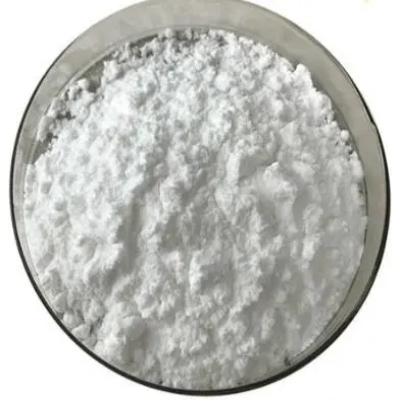
3-Chloropropylaminehydrochloride CAS:6276-54-6
3-Chloropropylamine hydrochloride is a chemical compound with the formula C3H10Cl2N·HCl. This white crystalline solid is commonly used in organic synthesis and pharmaceutical research due to its reactivity and versatile applications in chemical transformations.
-
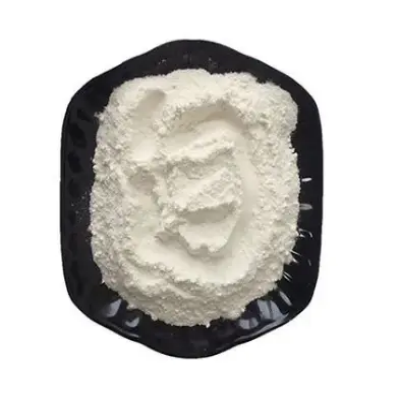
Methyl3,4-diaminobenzoate CAS:36692-49-6
Methyl 3,4-diaminobenzoate is a chemical compound with the molecular formula C9H12N2O2. It is a white crystalline solid commonly used in organic synthesis and as a key intermediate in various chemical reactions due to its unique structure and reactivity.
-

Diethylaminomalonatehydrochloride CAS:13433-00-6
Diethylaminomalonate hydrochloride is a chemical compound with the formula C8H16ClNO4. It is a white crystalline powder utilized in various organic synthesis processes and as a versatile reagent due to its unique properties and applications in chemical reactions.
-
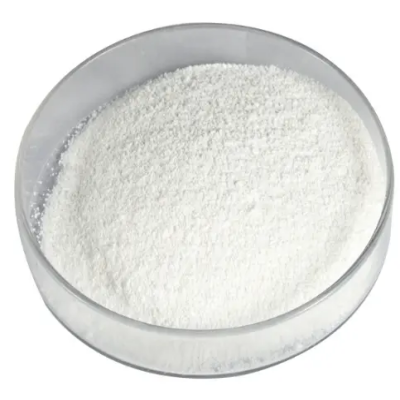
Diethyliminodiacetate CAS:6290-05-7
Diethyliminodiacetate is a chemical compound with the molecular formula C8H17N2O4. It is a white crystalline solid derived from iminodiacetic acid and used in various chemical applications for its chelating properties and complexing capabilities.
-
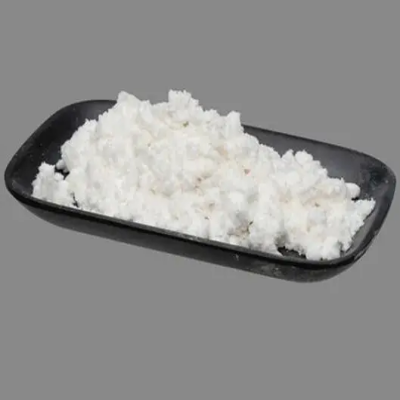
Clofibricacid CAS:882-09-7
Clofibric acid, also known as 2-(4-chlorophenoxy)-2-methylpropanoic acid, is a chemical compound with the molecular formula C10H11ClO3. It is a white crystalline solid that belongs to the class of fibric acid derivatives. Clofibric acid is commonly used in pharmaceutical research and as a lipid-lowering agent.
-
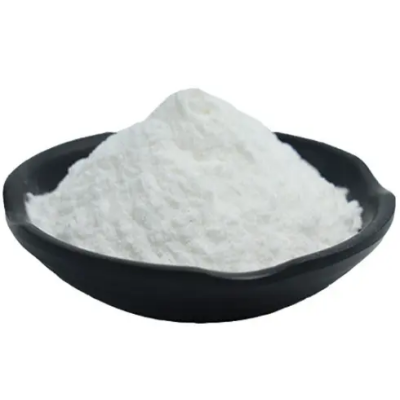
BromoacetaldehydeDiethylacetal CAS:2032-35-1
Bromoacetaldehyde diethylacetal is a chemical compound with the molecular formula C6H12Br2O2. It is a colorless to pale yellow liquid often used as a versatile reagent in organic synthesis and chemical reactions. This compound exhibits unique properties that make it valuable in various applications across different scientific fields.
-
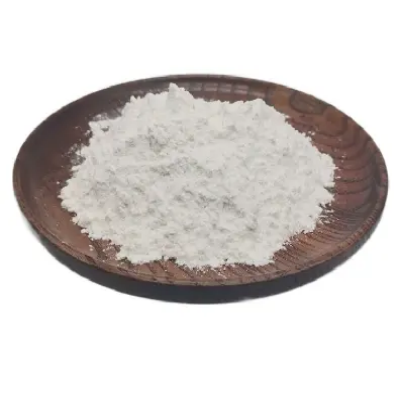
DL-2-Phenylpropionicacid CAS:492-37-5
DL-2-Phenylpropionic acid, also known as phenylpropionic acid or α-phenylpropionic acid, is a colorless crystalline solid with the molecular formula C9H10O2. It is a chiral compound that can exist in both D and L enantiomeric forms. DL-2-Phenylpropionic acid is used in organic synthesis and pharmaceutical research for the production of various compounds.
-
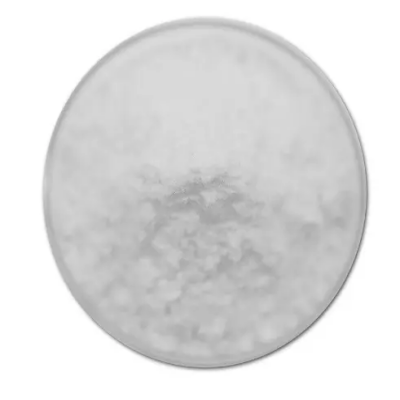
2-Chlorohydroquinone CAS:615-67-8
2-Chlorohydroquinone is a chemical compound with the molecular formula C6H5ClO2. It is a white crystalline solid with hydroquinone as its parent structure and chlorine substitution at the 2-position. This compound is utilized in various chemical applications due to its reactivity and structural properties.
-

(1R,2R)-(-)-trans-cyclohexane-1,2-dicarboxylicacid CAS:46022-05-3
(1R,2R)-(-)-trans-Cyclohexane-1,2-dicarboxylic acid is a chemical compound with the molecular formula C8H12O4. It is a white crystalline solid used in various organic synthesis processes and as a chiral building block due to its stereochemistry and functional properties.
-

2-(2-Chlorophenyl)ethylamine CAS:13078-80-3
2-(2-Chlorophenyl)ethylamine is a chemical compound with the molecular formula C8H10ClN. It is a crystalline solid with a phenylethylamine structure substituted with a chlorine atom on the 2-position of the phenyl ring. This compound is commonly used in organic synthesis and pharmaceutical research due to its unique chemical properties.
-
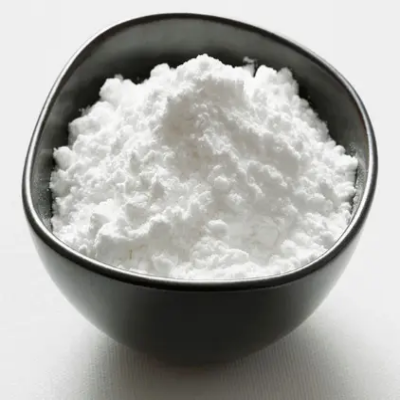
1-Hydroxyethoxyethylpiperazine CAS:13349-82-1
1-Hydroxyethoxyethylpiperazine is a compound with the molecular formula C8H19N2O2. It is a colorless liquid commonly used in various industrial applications and chemical processes due to its unique properties and versatile nature.
-
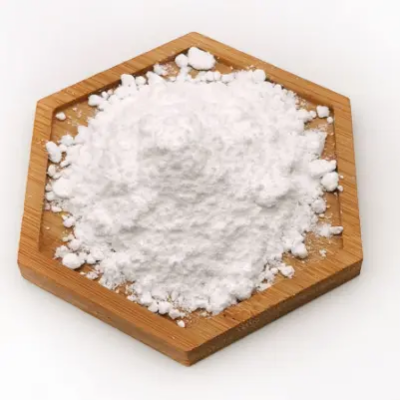
3,3-Dimethyl-1-butyne CAS:917-92-0
3,3-Dimethyl-1-butyne is a chemical compound with the molecular formula C6H10. It is an alkyne with two methyl groups attached to the terminal carbon atom of a butyne chain. This colorless liquid is used in various organic reactions and synthesis processes due to its unique structure and reactivity.

